The humble dung beetle, known in ancient Egypt as the sacred scarab, has long fascinated both naturalists and historians. While its daily routine of rolling balls of dung might seem mundane, a deeper examination reveals a profound connection to celestial cycles and ancient Egyptian cosmology. The scarab's behavior was not merely a biological necessity but a living metaphor for the sun's journey across the sky—a cosmic dance encoded in the insect's very existence.
To the ancient Egyptians, the scarab beetle's tireless rolling of dung mirrored the sun god Ra's daily voyage. Just as the beetle pushed its spherical burden from east to west, so too did Ra traverse the heavens in his solar barque. This parallel was no coincidence; it was a divine synchronicity that elevated the scarab from a simple insect to a sacred symbol of rebirth and regeneration. The beetle's emergence from the earth, much like the sun's daily reappearance, became a powerful emblem of cyclical renewal.
Recent archaeological discoveries have shed new light on how deeply this symbolism was embedded in Egyptian culture. Scarab amulets, often inscribed with hieroglyphs, have been found in tombs dating back to the Old Kingdom. These artifacts suggest that the Egyptians saw the scarab's dung-rolling as more than just animal behavior—it was a microcosm of celestial mechanics. The orientation of these amulets in burial sites often corresponds to astronomical alignments, hinting at a sophisticated understanding of the beetle's cosmic significance.
The scarab's connection to astronomy extends beyond solar symbolism. Some researchers have noted that the beetle's navigation techniques—using the Milky Way as a guide—parallel ancient Egyptian star maps. This celestial navigation allowed the beetles to roll their dung balls in remarkably straight lines, much as the Egyptians charted straight courses for their solar barges in religious texts. The beetle's ability to maintain direction despite obstacles became a metaphor for the soul's journey through the afterlife.
Modern entomological studies have revealed astonishing details about the scarab's behavior that reinforce these ancient observations. Dung beetles have been shown to use celestial cues, including the sun, moon, and even polarized light patterns, to orient themselves. This sophisticated navigation system, operating on multiple astronomical levels, suggests why the Egyptians might have viewed the scarab as a creature intimately connected to the heavens. The beetle's daily routine was, in essence, a performance of celestial mechanics on a miniature scale.
The scarab's reproductive cycle added another layer to its symbolic importance. Female beetles would lay their eggs in the dung balls, which served as both cradle and sustenance for the developing larvae. To Egyptian observers, this process mirrored the sun's nightly journey through the underworld, where it was believed to be regenerated before its dawn rebirth. The emergence of new beetles from the earth echoed the sunrise, creating a powerful symbol of resurrection that became central to Egyptian funerary practices.
This celestial connection was not limited to religious symbolism. The scarab's movements may have influenced practical aspects of Egyptian astronomy. Some scholars suggest that the beetle's predictable patterns could have served as a natural calendar, marking seasonal changes through its behavior. The annual flooding of the Nile, crucial to Egyptian agriculture, may have been anticipated through observations of scarab activity, though this theory remains debated among Egyptologists.
The scarab's astronomical significance reached its zenith in Egyptian jewelry and artifacts. Heart scarabs, placed on mummies during burial rituals, often bore inscriptions from the Book of the Dead. These texts frequently referenced celestial navigation, guiding the deceased through the stars much like the living beetle navigated by them. The juxtaposition of earthly creature and heavenly journey created a potent symbol that endured throughout Egyptian history.
Contemporary research continues to uncover new dimensions of the scarab's astronomical connections. Advanced imaging techniques have revealed previously unnoticed details in ancient artifacts, showing precise astronomical alignments in scarab designs. Meanwhile, studies of dung beetle behavior have demonstrated their remarkable sensitivity to celestial patterns, lending scientific credence to the ancient observations that first linked these creatures to the cosmos.
The scarab's legacy extends beyond ancient Egypt. In modern astronomy, the beetle's celestial navigation has inspired new approaches to robotic space exploration. Engineers have studied the scarab's simple yet effective orientation systems as models for spacecraft navigation. This unexpected connection between ancient symbolism and cutting-edge technology demonstrates how deeply the scarab's cosmic associations have permeated human understanding.
Ultimately, the Egyptian sacred scarab represents one of humanity's earliest attempts to find cosmic order in the natural world. What began as observation of a humble insect rolling dung became a sophisticated astronomical metaphor that shaped an entire civilization's worldview. The scarab's journey—from earthbound creature to celestial symbol—mirrors humanity's own eternal quest to understand our place in the universe.
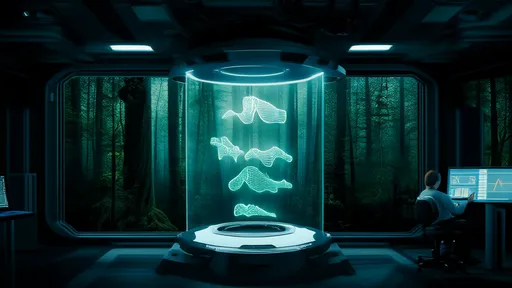
By /Aug 12, 2025

By /Aug 12, 2025

By /Aug 12, 2025
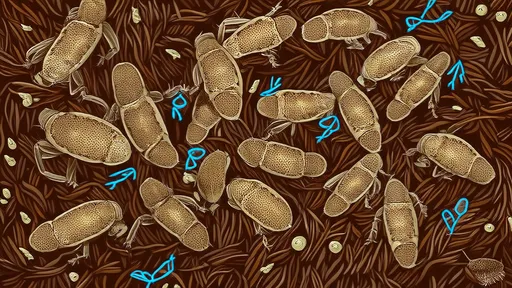
By /Aug 12, 2025

By /Aug 12, 2025
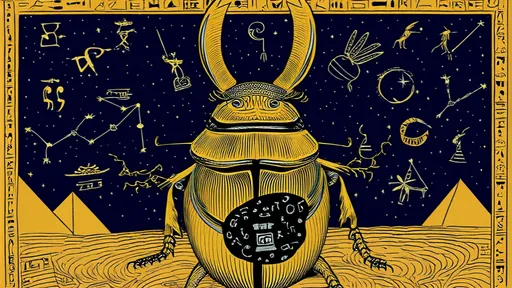
By /Aug 12, 2025

By /Aug 12, 2025

By /Aug 12, 2025

By /Aug 12, 2025

By /Aug 12, 2025

By /Aug 12, 2025

By /Aug 12, 2025
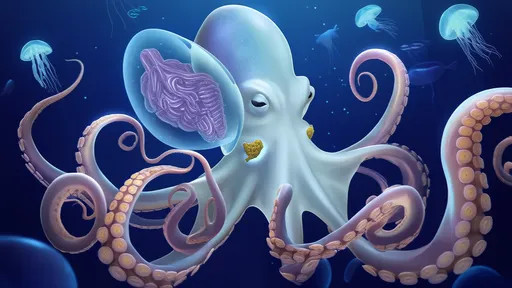
By /Aug 12, 2025

By /Aug 12, 2025
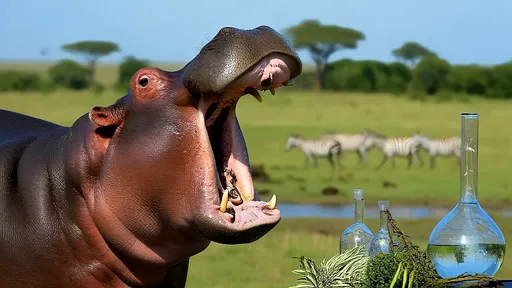
By /Aug 12, 2025

By /Aug 12, 2025

By /Aug 12, 2025
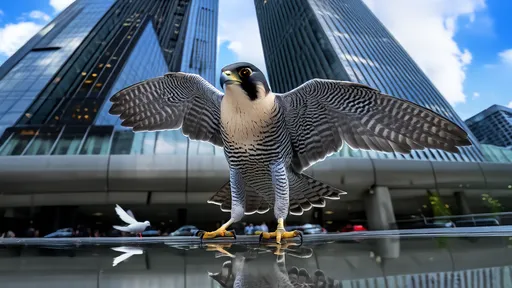
By /Aug 12, 2025

By /Aug 12, 2025

By /Aug 12, 2025